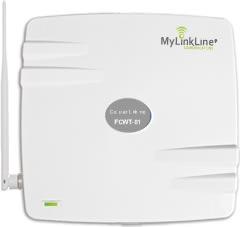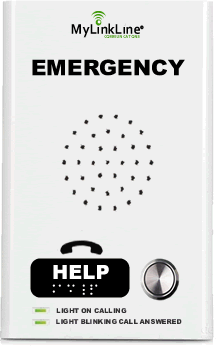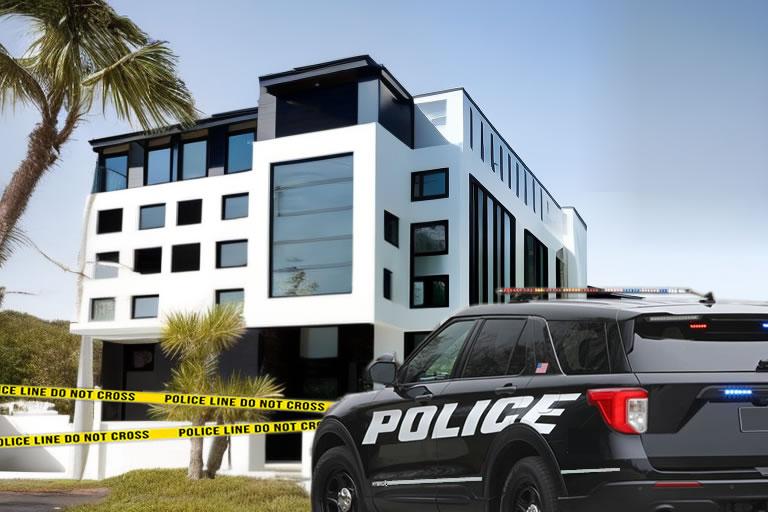Active Shooter Plan: 10 Recommendations for Workplace Safety
Develop a robust active shooter plan for comprehensive workplace safety. Learn prevention, response, and training in our expert guide.
Crafting an Effective Active Shooter Plan: A Comprehensive Guide
In today’s unpredictable world, businesses must proactively equip themselves to handle a range of emergencies, including the ominous threat of an active shooter incident. Establishing a robust and well-practiced active shooter plan is paramount to ensuring the safety and security of employees, visitors, and the workplace environment. In this all-encompassing guide, we will delve deeply into the critical components of an active shooter plan, emphasizing prevention, training, response protocols, and ongoing readiness.
1. Prevention and Awareness: The Bedrock of Safety
The foundational step in formulating a reliable active shooter plan is rooted in prevention and awareness. Fostering a culture of respect, empathy, and transparent communication within the workplace is instrumental in identifying potential threats early on. It is imperative to encourage employees to promptly report concerning behaviors, verbal threats, or any unusual activities to management or dedicated security personnel. Crucially, a streamlined reporting process must be established, ensuring that employees feel secure in voicing their observations without trepidation.
Regular training sessions are pivotal in arming employees with the ability to identify possible warning signs of violent behavior. These training modules should not only encompass behavioral cues but should also emphasize the urgency of reporting any suspicious activity. By creating a proactive mindset towards threat identification, businesses can potentially nip potential incidents in the bud.
2. Training and Education: Empowering Preparedness
A well-prepared workforce is an invaluable asset when it comes to responding effectively to an active shooter crisis. Educating employees on how to respond during such an event can be the difference between life and death. Instituting active shooter training as a mandatory element of employee onboarding and reinforcing it through periodic drills is of utmost importance.
Training sessions should comprehensively cover the “Run, Hide, Fight” response protocol, which offers a structured approach for employees to follow during an active shooter situation:
Run: Empower employees to evacuate the premises if it is safe to do so. Knowledge of primary and alternate evacuation routes, coupled with designated assembly points, is crucial.
Hide: In scenarios where escape isn’t feasible, instruct employees on identifying secure hiding spots within the facility. Additionally, provide guidance on barricading doors to create protective barriers.
Fight: As a last resort, equip employees to counter the threat using improvised weapons like chairs or fire extinguishers. The focus should be on survival, and employees should be prepared to do whatever it takes to incapacitate the assailant.
To ensure the retention of vital information, organize regular training sessions alongside simulated drills. These drills should aid employees in becoming familiar with the building’s layout, evacuation routes, and available hiding options.
3. Building Security: Bolstering Physical Measures
Physical security measures play a pivotal role in averting unauthorized access and minimizing the impact of an active shooter situation. Undertake a comprehensive security assessment to identify potential vulnerabilities within your premises. Consider entry and exit points, areas that lack visibility, and potential blind spots.
Implement robust access control measures, such as key card entry systems and strategically positioned security personnel at entrances. Surveillance cameras, strategically positioned throughout the premises, not only serve as deterrents but also yield invaluable footage for post-incident investigations.
4. Communication: Facilitating Swift Information Dissemination
Effective communication forms the bedrock of any active shooter incident response. Establishing a dependable and efficient communication system that facilitates immediate contact between employees, management, and security personnel is critical. Adopting a multi-channel approach involving methods like text messages, intercoms, and dedicated emergency notification apps is recommended.
In addition to official communication channels, furnish employees with a dedicated phone number or email address to report suspicious activity or threats anonymously. Encouraging open lines of communication ensures that vital information reaches the right channels promptly.
5. Emergency Notifications: Timely Alerts in Crisis
During an active shooter situation, delivering timely and accurate information to employees is pivotal. Implementing an efficient emergency notification system ensures that everyone is promptly informed about the situation and can respond effectively. Consider integrating alarms, automated messages, and public address systems to rapidly convey crucial information.
Regularly testing and updating the notification system is essential to its reliability. Conduct drills that involve triggering the notification system to familiarize employees with its sound and response procedures.
6. Safe Areas and Lockdown Procedures: Ensuring Shelter
Identify secure areas within the building where employees can seek refuge during a lockdown. These safe zones should be fortified, easily accessible, and equipped with communication tools to keep employees informed about the evolving situation.
Furthermore, educate employees on lockdown protocols. They should be adept at securing their designated areas, locking doors, and fortifying entrances to thwart unauthorized access. Such knowledge significantly enhances the likelihood of safeguarding lives during an active shooter incident.
7. Employee Accountability: Tracing Personnel During Crisis
Maintaining a clear record of all employees is crucial in any emergency, including an active shooter situation. Establish a systematic approach to track and confirm employee whereabouts. An active shooter plan could involve predefined assembly points or digital tools that enable employees to check in.
The accountability system should be seamlessly integrated into the emergency response plan and practiced during drills. It ensures that everyone is accounted for, minimizing confusion amidst the chaos.
8. Cooperation with Law Enforcement: Collaborating for Efficacy
A synchronized response with law enforcement can profoundly influence the outcome of an active shooter incident. Outline a protocol for working in tandem with local law enforcement and designate a point of contact who can provide vital information to responding officers.
An active shooter plan should involve accurate building layouts, access points, and any other pertinent information should be shared with law enforcement to optimize their response efforts. Educate employees on cooperating with law enforcement during such situations.
9. Regular Drills and Updates: Sustaining Preparedness
Safeguarding against an active shooter incident demands consistent training, drills, and updates to the plan. Conduct drills at least bi-annually to ensure employees remain well-versed in the plan and response procedures. These drills should closely mimic actual scenarios, testing different facets of the active shooter plan.
Regularly review and refresh the active shooter plan to accommodate changes in the workplace environment, staff, and local regulations. Incorporate emerging technologies and best practices to continually enhance the plan’s effectiveness.
10. Active Shooter Plan | Prioritizing Workplace Safety
Establishing a comprehensive active shooter plan for your business is an intricate undertaking that demands collaboration, education, and practice. By emphasizing prevention, training, communication, and cooperation, businesses can empower employees to navigate an active shooter incident with confidence.
This not only fulfills legal and ethical obligations but also highlights a compassionate and responsible corporate ethos. It’s important to note that while this guide provides a foundational blueprint, consulting with security experts, law enforcement, and legal advisors is crucial to tailoring the plan to the specific requirements and regulations of your business.

Elevator Cellular Phone Lines
Go cellular and save 35% or more on monthly phone line fees. If you currently pay for an elevator telephone line you are paying too much. Our cellular phone lines work with all elevator telephones and monitoring services. To learn more click on the link below.

Elevator Phone Monitoring
Our monitoring and dispatch center has been delivering professional service for over twenty years. Our staff has extensive technical and interpersonal training to assist in emergency and non-emergency situations. To learn more click on the link below.

Emergency Elevator Phones
MyLinkLine will only install elevator telephones that meet code requirements. We also comply with ADA, ASME, ANSI and IBC codes in addition to all State and Local requirements if applicable. Volume pricing available. To learn more click on the link below.

